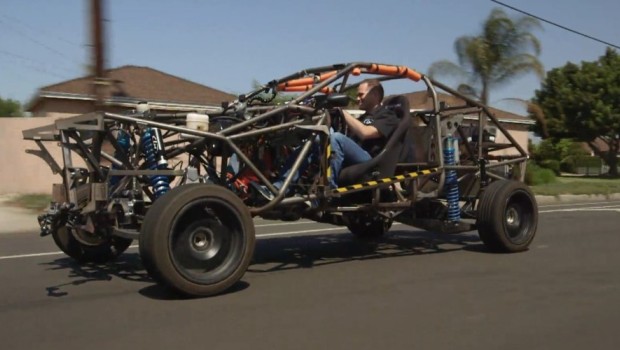
Day: September 16, 2016

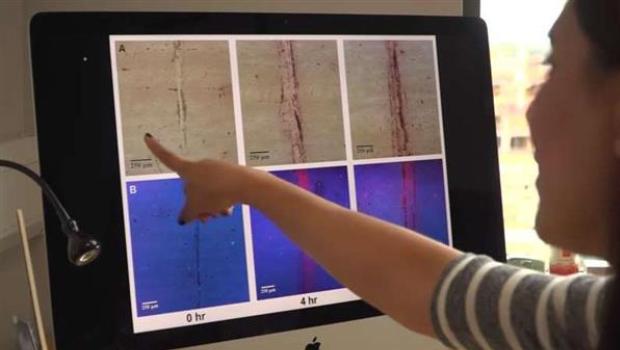
New 3D Scanning Techniques of the Bones using Gold Particles
September 16, 2016
No Comments
Read More »
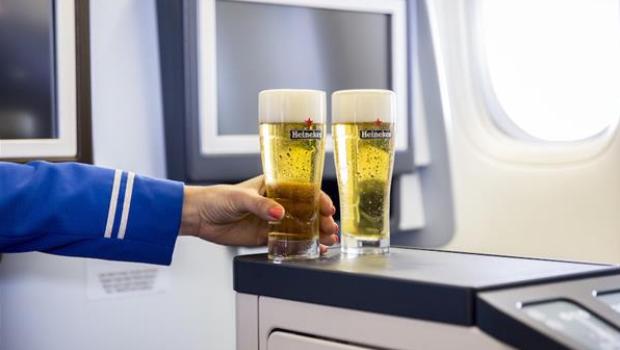
KLM Airlines Serve Fresh Draught Beer from the First ever 3D Printed Beer Trolley
September 16, 2016
No Comments
Read More »
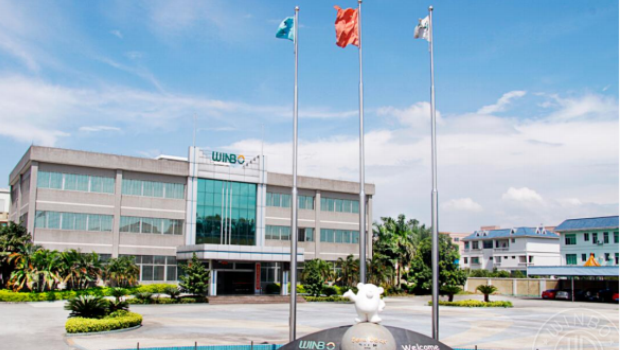
Winbo Smart Tech- A leading 3D Printing and Manufacturing Company
September 16, 2016
No Comments
Read More »
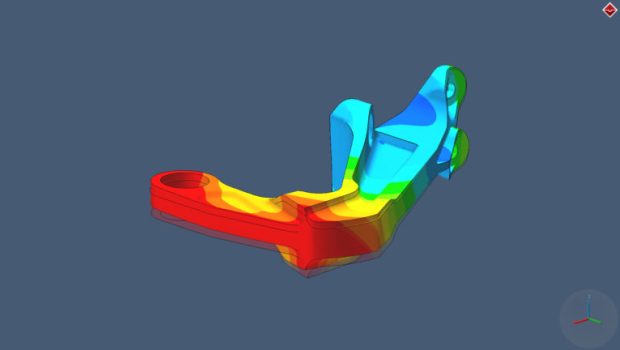
Simufact Additive Technology will Aid 3D Printing for Better Performance
September 16, 2016
No Comments
Read More »
